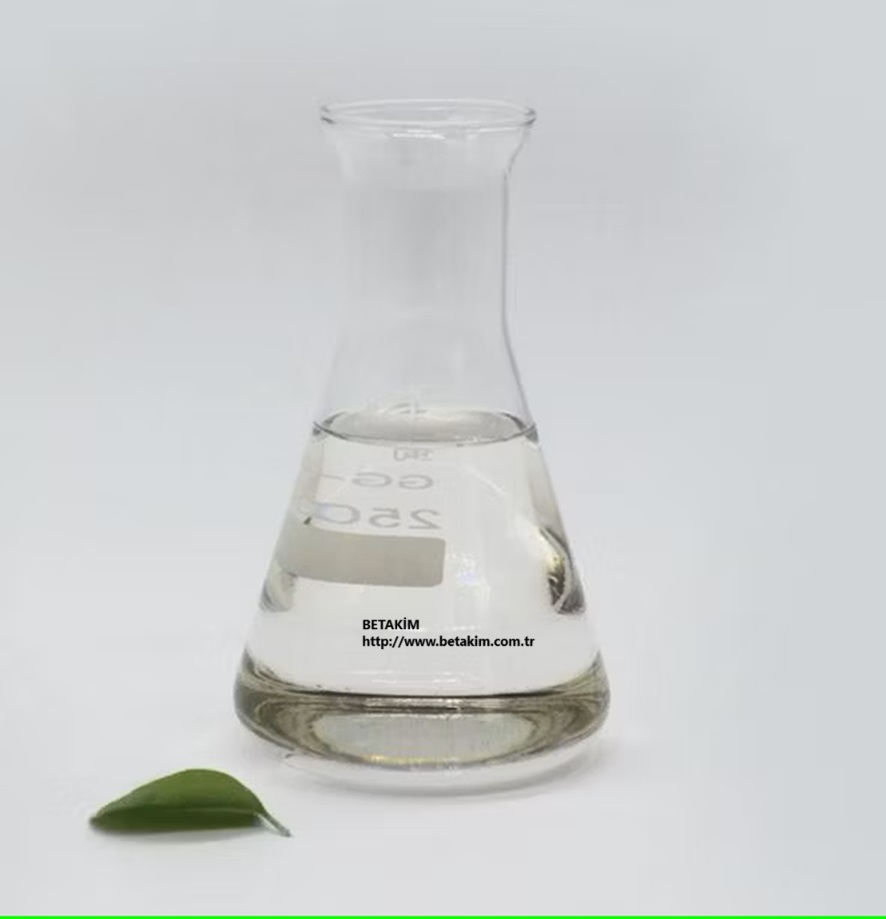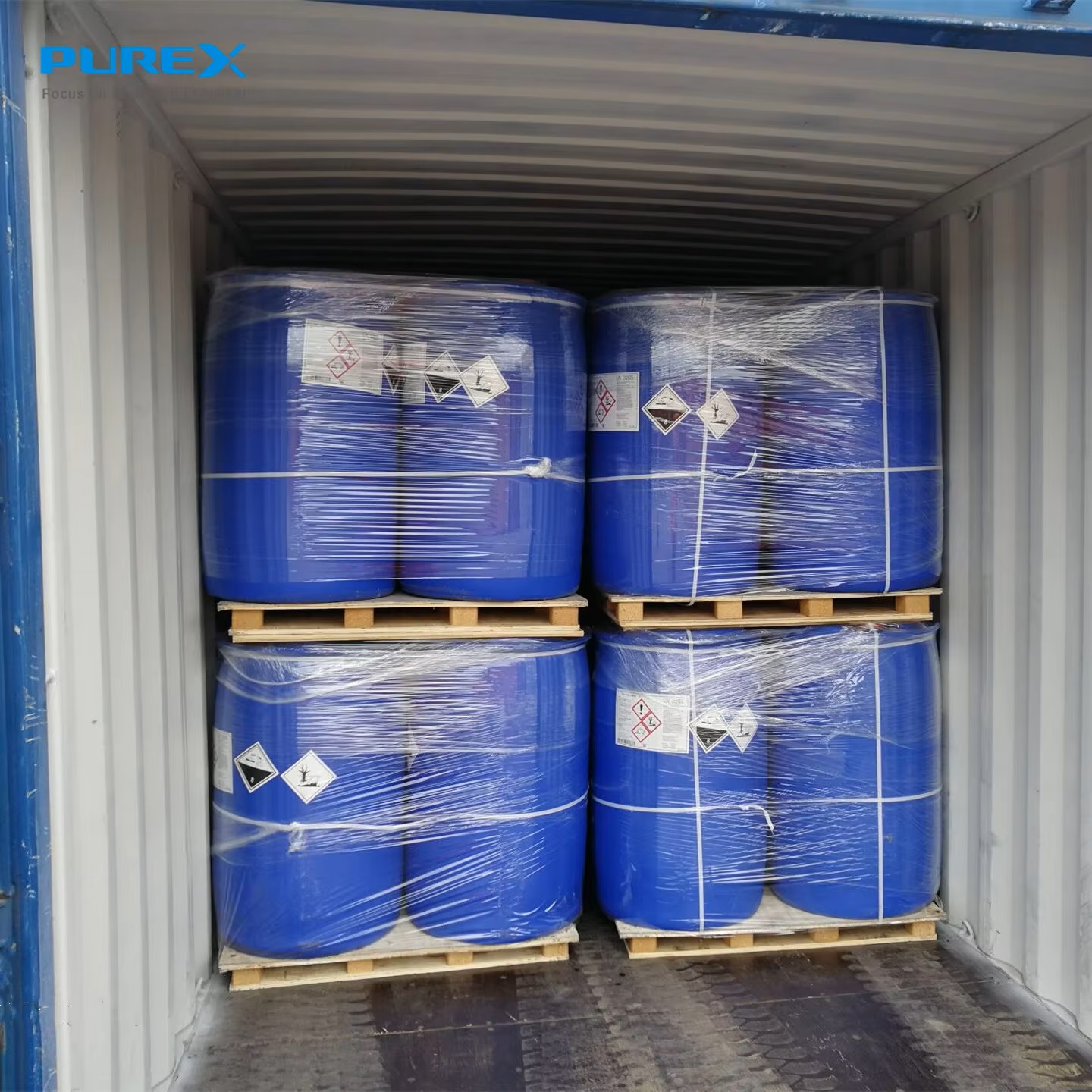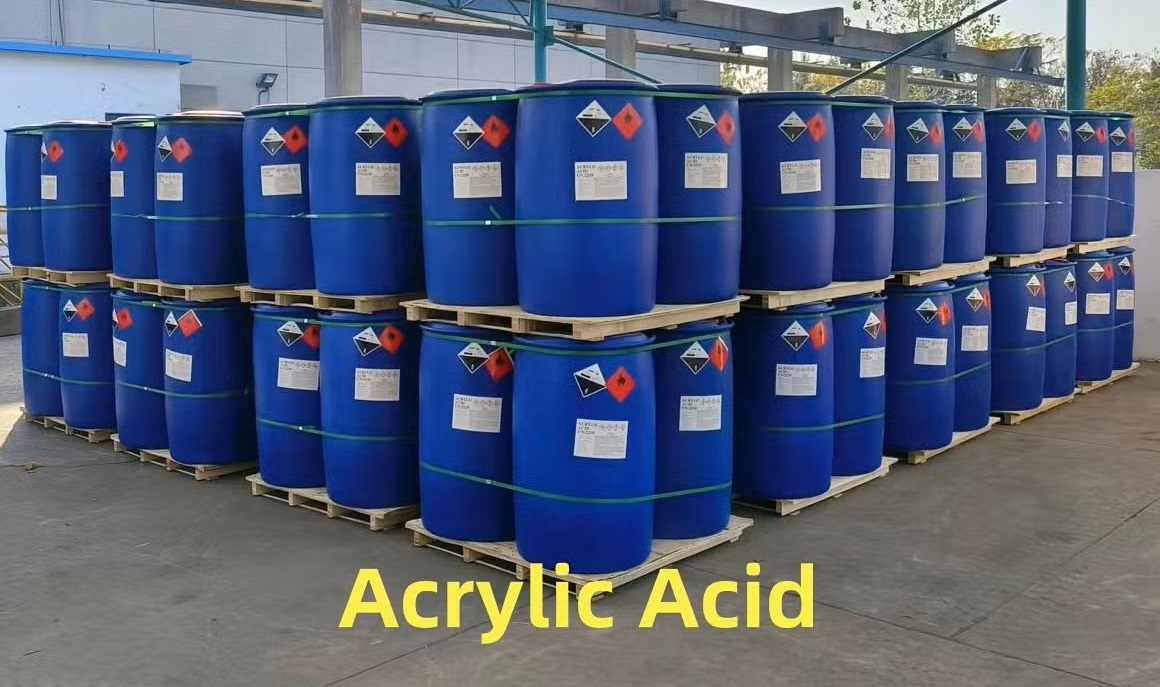We unleash your business potential by maximize the business innovation.
Send EmailAcrylic acid, Propensαure, Propenoic acid, Vinylformic Acid, Acrylic Acid Anhydrous, 79-10-7
CAS: 79-10-7
Molecular Formula: C3H4O2
Names and Identifiers
| Name | Acrylic acid |
| Synonyms | AA Propensαure Acrylic acid Propenoic acid vinylformicacid 2-PROPENOIC ACID Vinylformic acid rcrawastenumberu008 acrylic acid anhydrous Rcra waste number U008 ETHYLENECARBOXYLIC ACID |
| CAS | 79-10-7 |
| EINECS | 201-177-9 |
| InChI | InChI=1/C3H4O2/c1-2-3(4)5/h2H,1H2,(H,4,5) |
Physico-chemical Properties
| Molecular Formula | C3H4O2 |
| Molar Mass | 72.06 |
| Density | 1.051 g/mL at 25 °C (lit.) |
| Melting Point | 13 °C (lit.) |
| Boling Point | 139 °C (lit.) |
| Flash Point | 130°F |
| Water Solubility | MISCIBLE |
| Solubility | 1000g/l |
| Vapor Presure | 4 mm Hg ( 20 °C) |
| Vapor Density | 2.5 (vs air) |
| Appearance | Liquid |
| Color | Clear |
| Odor | Acrid odor |
| Exposure Limit | TLV-TWA 10 ppm (30 mg/m3) (ACGIH). |
| Maximum wavelength(λmax) | 231nm(lit.) |
| Merck | 14,130 |
| BRN | 635743 |
| pKa | 4.25(at 25℃) |
| PH | 3.68(1 mM solution);3.14(10 mM solution);2.63(100 mM solution); |
| Storage Condition | Store at +15°C to +25°C. |
| Stability | Stability Unstable - may contain p-methoxyphenol as an inhibitor. Prone to hazardous polymerization. Combustible. Incompatible with strong oxidizing agents, strong bases, amines. Contact with oxidizer |
| Sensitive | Air Sensitive |
| Explosive Limit | 3.9-19.8%(V) |
| Refractive Index | n20/D 1.421 |
| Physical and Chemical Properties | Characteristics of colorless liquid, irritating odor. melting point 13.5 ℃ boiling point 141 ℃ relative density 1.052 refractive index 1.4185 flash point 68.3 ℃ solubility: soluble in water, ethanol and ether. |
| Use | Preparation of high polymers by homopolymerization or copolymerization, used in coatings, adhesives, solid resins, molding compounds, etc. |
Risk and Safety
| Risk Codes | R10 - Flammable R20/21/22 - Harmful by inhalation, in contact with skin and if swallowed. R35 - Causes severe burns R50 - Very Toxic to aquatic organisms |
| Safety Description | S26 - In case of contact with eyes, rinse immediately with plenty of water and seek medical advice. S36/37/39 - Wear suitable protective clothing, gloves and eye/face protection. S45 - In case of accident or if you feel unwell, seek medical advice immediately (show the label whenever possible.) S61 - Avoid release to the environment. Refer to special instructions / safety data sheets. |
| UN IDs | UN 2218 8/PG 2 |
| WGK Germany | 1 |
| RTECS | AS4375000 |
| FLUKA BRAND F CODES | 8-13 |
| TSCA | Yes |
| HS Code | 29161110 |
| Hazard Class | 8 |
| Packing Group | II |
| Toxicity | LD50 orally in rats: 2.59 g/kg (Smyth) |
Upstream Downstream Industry
| Raw Materials | Propylene Acrylonitrile Toluene Sulfuric acid |
| Downstream Products | hydroxypropyl acrylate, mixture of isomers Butyl Acrylate methylacrylate 2-Ethylhexyl acrylate trimethylolpropane ethoxylate (1 eo|oh) triacrylate Acrylic acid Polymers |
Nature
colorless liquid with pungent odor. Strong acidity, serious corrosion. Melting point 13.5 °c. Boiling point of 141 deg C (101. 3kPa). The relative density was 1. 052. Flash point (Open Cup) 68.3 °c. Refractive index 4185. Soluble in water, ethanol and ether, easy polymerization.
Preparation Method
- propylene oxidation propylene is oxidized to produce acrylic acid in two steps under the action of molybdenum catalyst, and then absorbed by water, solvent extraction and vacuum distillation to obtain a finished product. The reaction conditions were as follows: the reaction temperature in the first stage was 330-430 ℃, and the reaction temperature in the second stage was 280-360℃.
- acrylonitrile hydrolysis method acrylonitrile in the presence of sulfuric acid catalyst, hydrolysis reaction is carried out, the first step hydrolysis to generate acrylamide sulfate, and then the direct hydrolysis of water vapor to generate acrylic acid, and then reduced pressure distillation to obtain the finished product.
Use
important organic chemical raw materials, but also important synthetic resin monomer. Its main derivatives are various acrylates and acrylates. The most famous esters and salts are methyl acrylate, ethyl ester, butyl ester, isooctyl Ester, Hydroxyethyl Ester, hydroxypropyl Ester and sodium acrylate. Because the molecule of acrylic acid has unsaturated double bonds and carboxyl functional groups, it can be copolymerized and homopolymerized with many monomers, and used as raw materials for coatings, adhesives and various additives. It is widely used in chemical industry, light industry, textile, building materials and pharmaceutical industries and fields.
Safety
- This product has strong corrosion, moderate toxicity. Its aqueous solution or high concentration of vapor can irritate the skin and mucous membranes. The oral LD50 of rats was 590mg/kg. Care should not be taken to contact with acrylic acid solution or steam, and work clothes and work caps, protective glasses and rubber gloves should be worn during operation. Production equipment should be closed. Work and storage sites should have good ventilation conditions.
- It is packed in a polyethylene-lined iron drum, weighing 200kg per barrel, and a stainless steel or carbon steel storage tank can be used, but moisture and moisture must be prevented to prevent the polymerization of acrylic acid caused by rust. 200 x 10-6 of the polymerization inhibitor was added during storage and transportation. According to the "corrosive chemicals" storage and transportation.
Introduction
Acrylic acid, chemical formula C3H4O2, is a colorless liquid with a pungent odor. The following is a brief introduction to the nature, use, formulation and safety information of Acrylic acid.
Nature:
1. Acrylic acid is a strong irritating organic acid, can react violently with water.
2. With high volatility, it can quickly volatilize into colorless and irritating vapor at room temperature.
3. Acrylic acid can be polymerized with many substances to prepare Poly Acrylic acid and its copolymers.
Use:
1. Acrylic acid is widely used in the chemical industry to prepare polymer materials such as Poly Acrylic acid, Acrylic acid ester and its copolymers.
2. Acrylic acid and its derivatives are also used in the preparation of adhesives, plastics, coatings and inks.
3. Acrylic acid can also be used as a rubber dispersant and textile finishing agent.
Preparation Method:
Acrylic acid can be obtained by hydrolysis of acrylonitrile. First, acrylonitrile is added to the alkaline aqueous solution, and acrylonitrile is converted to Acrylic acid by hydrolysis reaction.
Safety Information:
1. Acrylic acid is irritating. Contact with skin and eyes will cause burning sensation and may cause tissue damage.
2. Need to operate in a well-ventilated place to avoid inhalation of Acrylic acid vapor.
3. In the operation and storage, attention should be paid to prevent the Acrylic acid from coming into contact with the fire source or oxidant, so as not to cause fire or explosion.
4. Use personal protective equipment, such as chemical goggles, protective gloves, and protective clothing.


